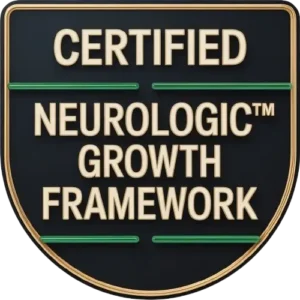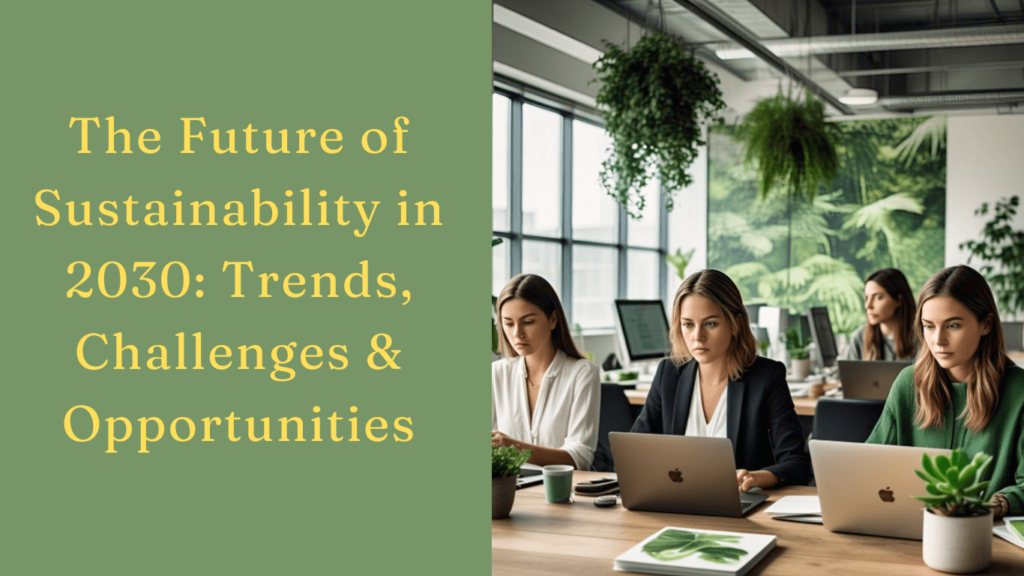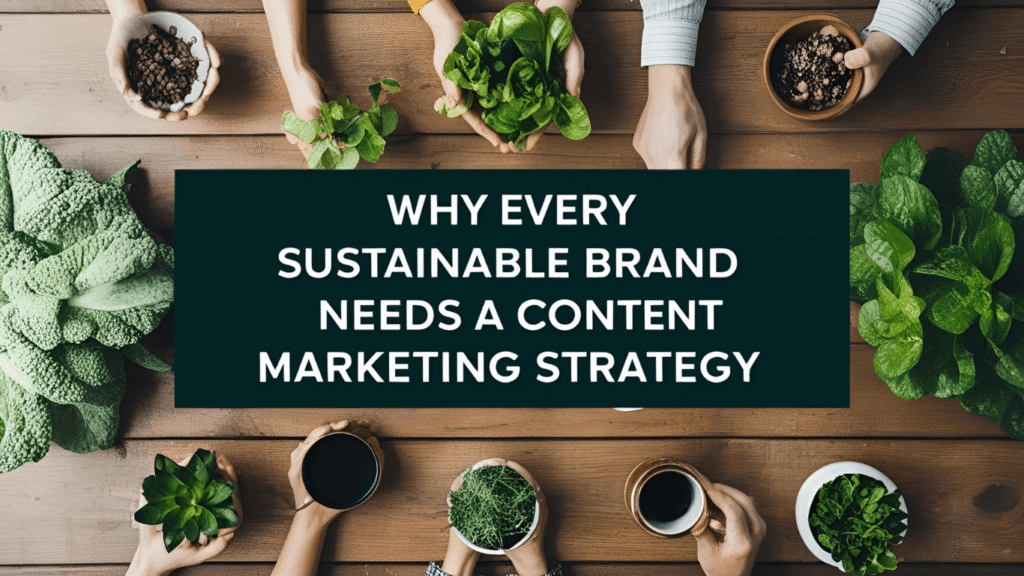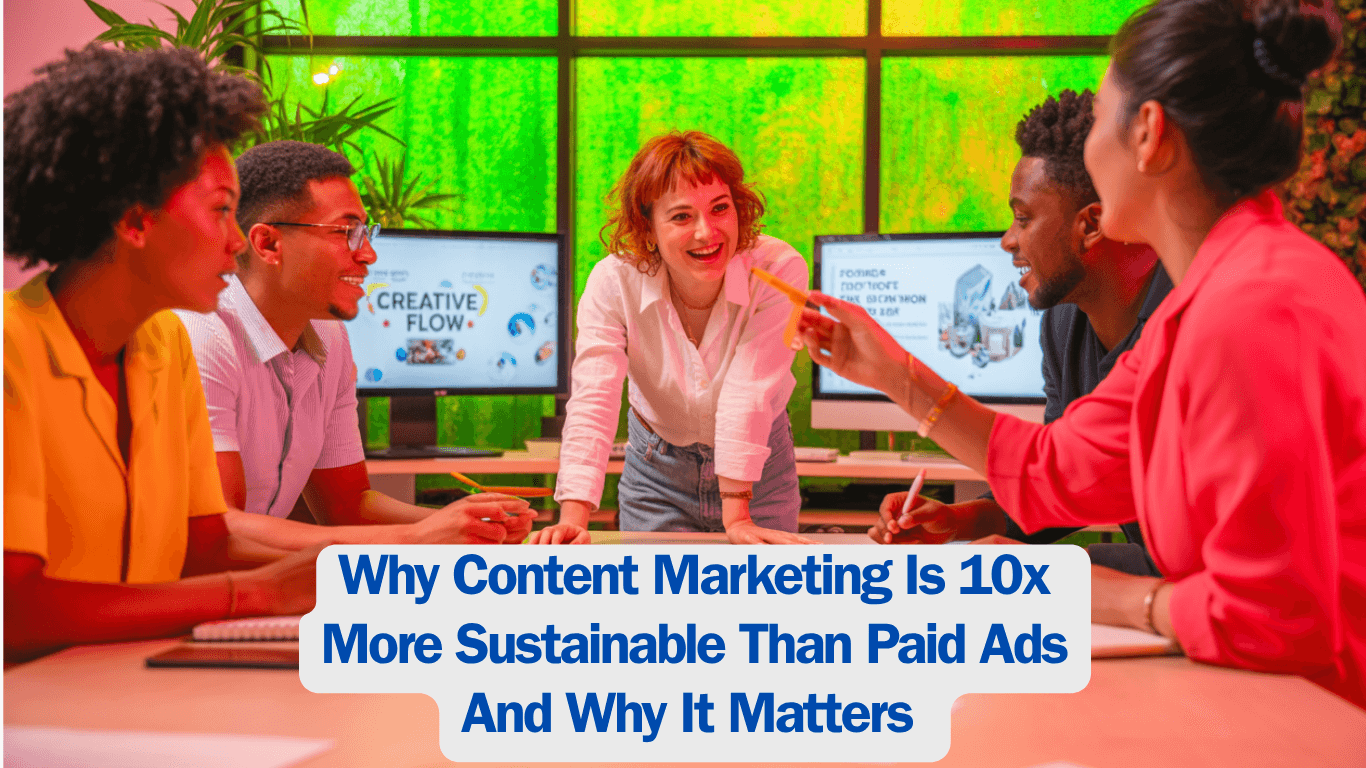
Introduction: Are Paid Ads Hurting More Than Helping?
Let me ask you this:
If you stopped spending money on paid ads tomorrow, would your business still get traffic, leads, or sales?
For most brands, the answer is no.
That’s where content marketing changes the game.
Many businesses don’t realize that content marketing — like blog posts, videos, and SEO — isn’t just a buzzword. It’s actually 10x more sustainable than paid ads. And not just environmentally, but financially and strategically too.
If you’re an eco-conscious entrepreneur or a startup that’s tired of burning cash on ads, this post will break down everything you need to know — in plain English — about why content marketing is the smarter, greener, and longer-lasting choice in 2025.
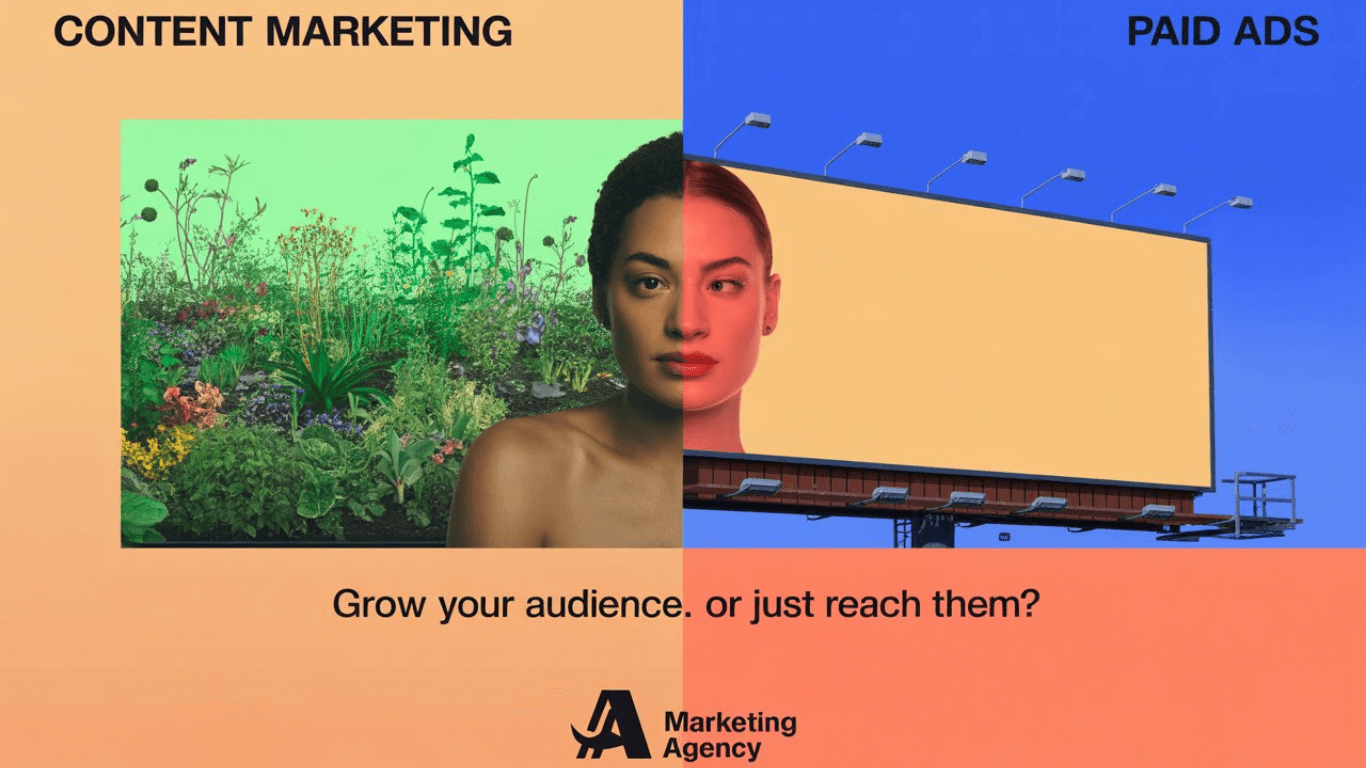
What’s the Real Difference Between Content Marketing and Paid Ads?
What Is Content Marketing?
Content marketing is all about creating useful, valuable, and relevant content for your audience. Think of it like:
✅ Blog posts that answer real questions
✅ YouTube videos explaining your process
✅ Social media posts that educate or inspire
✅ E-books or guides that solve a problem
✅ Infographics that simplify complex ideas
You’re giving people something helpful — for free — to build trust over time. It’s like planting seeds that grow into strong roots.
💰 What Are Paid Ads?
Paid ads are exactly what they sound like: paying to get your brand in front of people.
🔹 Google Search Ads
🔹 Facebook or Instagram ads
🔹 YouTube ads
🔹 Display banners on websites
🔹Sponsored posts
These can work fast — but only while you’re paying. Once your budget stops, so does your visibility.
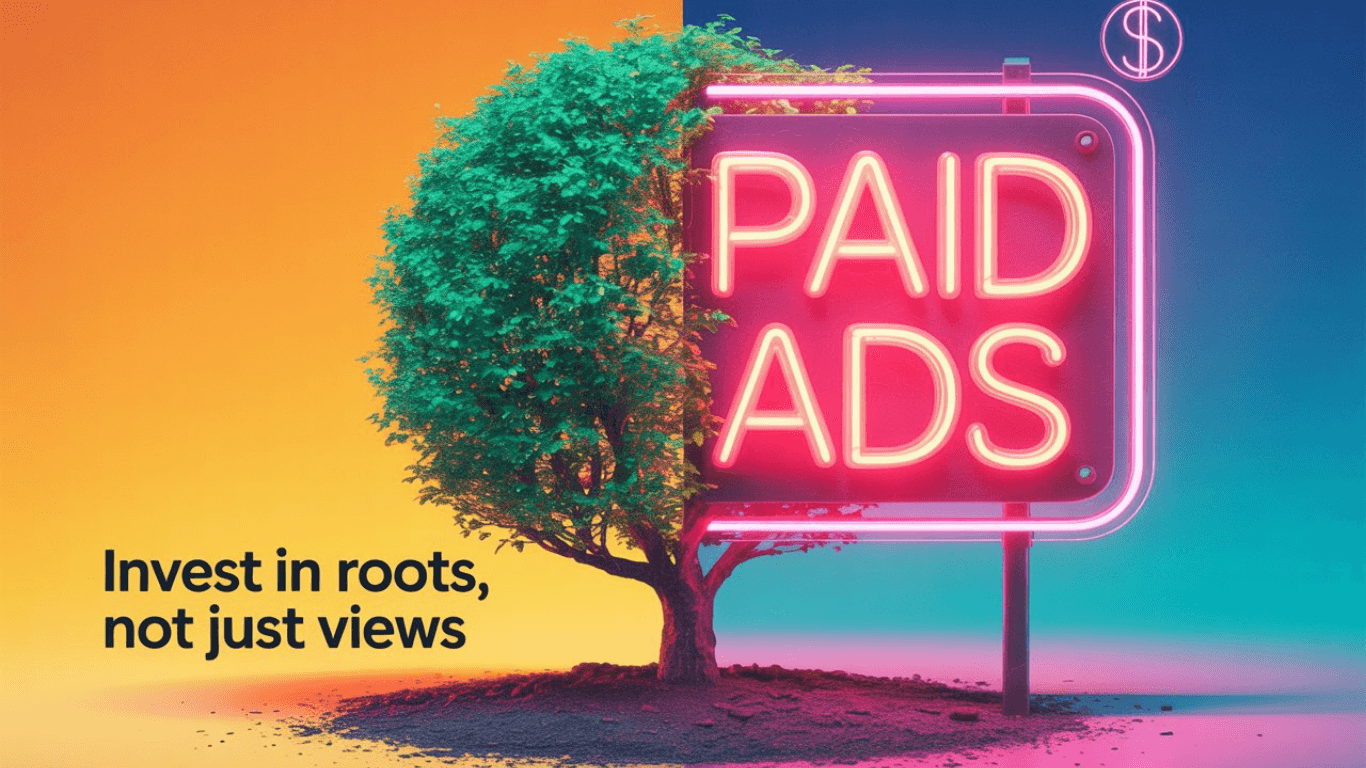
Why Content Marketing Is More Sustainable Than Paid Ads
Let’s break this down one benefit at a time.
- 🕒 Longevity — Content Keeps Working for You
When you write a blog post today, it can rank on Google and bring in visitors for months or even years.
Compare that to a paid ad. The moment you stop the ad, the traffic stops. It’s like renting a hotel room — you don’t own anything.
With content marketing, you’re building an asset that keeps growing in value.
- 🌱 Eco-Friendly — Less Digital Waste
Every paid ad impression uses energy — from the servers that deliver them, to the devices they appear on.
A 2023 study revealed that the digital ad industry produces around 7.2 million tons of CO₂ every year. One single banner ad viewed 1 million times can emit as much CO₂ as a roundtrip flight from London to Boston.
On the other hand, content like blog posts and videos have a lower footprint, especially when optimized. They don’t rely on constant delivery or high-volume bidding systems. You create once — and serve it sustainably.
- 💵 Better ROI (Return on Investment)
Paid ads can cost a lot. You might pay $2, $10, or even $50 per click, depending on your industry. And if your offer or landing page isn’t great, you lose that money.
With content marketing, the cost is upfront — but the return grows over time. It’s like buying land vs renting a billboard. You own the traffic.
Stat: Content marketing costs 62% less than outbound marketing (like ads) and generates 3x more leads, according to Demand Metric.
- 🧠 Trust and Authority
Ask yourself: do you trust someone more when they teach you something or when they sell you something?
Content builds relationships. When you share your knowledge and help your audience without asking for anything upfront, you build trust. That trust turns into loyalty, and loyalty turns into sales.
Paid ads often feel intrusive or manipulative — especially with retargeting. People are tuning them out.

Real-World Example — Which One Wins?
Let’s say you run a sustainable skincare brand.
You have two options:
Option A: You spend $500 on Facebook ads for 5 days. You get 100 clicks, 10 add-to-carts, and 3 sales.
Option B: You write a blog titled:
“7 Everyday Ingredients to Avoid in Skincare (And What to Use Instead)”
The blog ranks on Google after a month, brings in 200 visits a week, and links to your eco-friendly product line.
After 3 months, it’s brought in 2,400 people — without spending another dime.
Which is more sustainable?
So Why Do So Many Brands Still Rely on Paid Ads?
⏳ They Want Fast Results
Paid ads are attractive because they’re fast. But fast doesn’t mean effective long-term. You’re trading short-term gains for long-term costs.
😕 They Don’t Know How to Do Content Right
Content takes time. You need:
🔹 Keyword research
🔹 Writing skills
🔹 SEO knowledge
🔹 Consistency
But once you learn (or outsource it), it becomes a repeatable growth engine.
🧪 They Think It’s Too “Soft”
Some founders believe content is only for branding, not sales. But data shows otherwise. Educational content is often more persuasive because it meets people where they are — searching for answers.
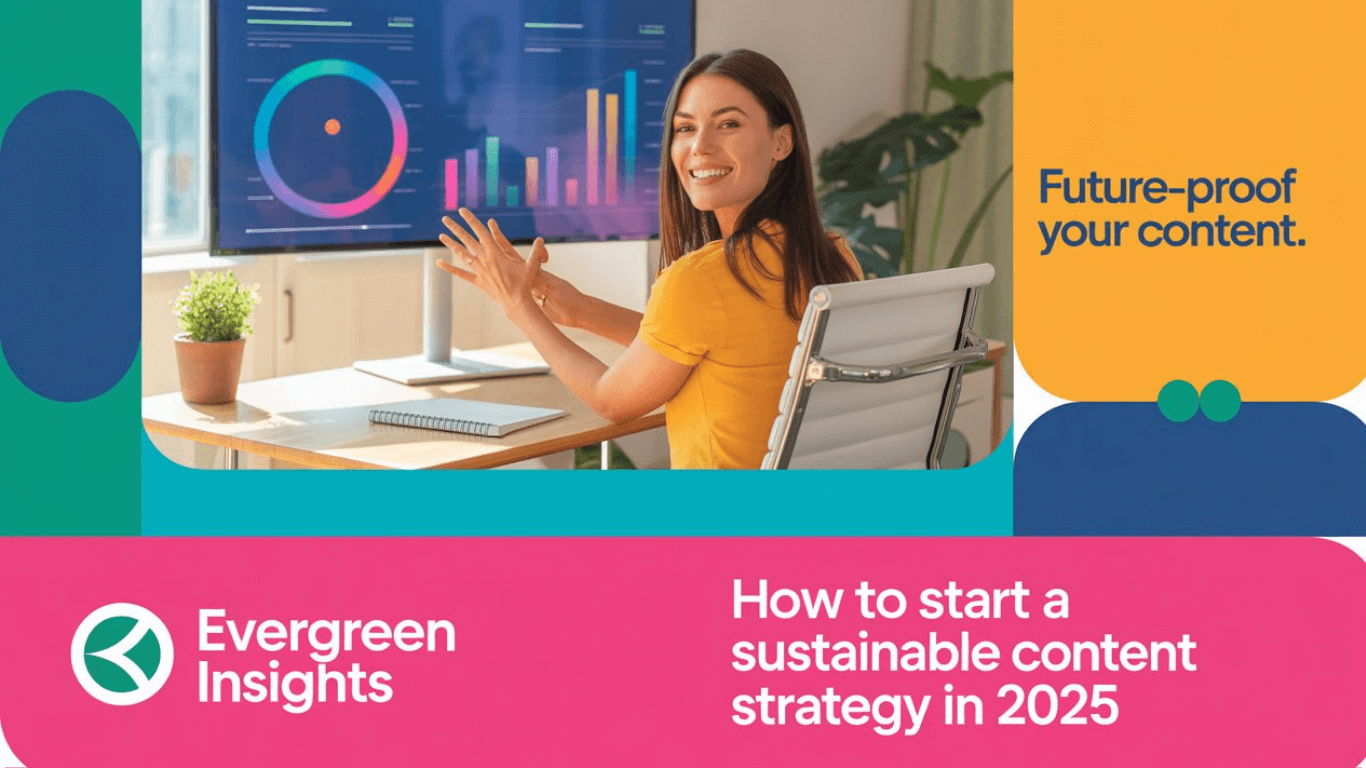
How to Start a Sustainable Content Strategy in 2025
You don’t need a huge team or budget. Here’s how to get started:
Step 1: Know Your Audience
Ask: What are they struggling with? What do they care about? What questions do they Google?
Step 2: Do Keyword Research
Use tools like:
💚 Google Keyword Planner
💚 Ubersuggest
💚 AnswerThePublic
Look for long-tail keywords like:
💚 “Best eco-friendly skincare routine”
💚 “Sustainable marketing tips for small brands”
💚 “What is greenwashing in fashion?”
Step 3: Create Helpful Content
Pick 1 format to start:
💚 Blog
💚 YouTube Shorts
💚 Instagram Carousels
💚 Email Newsletters
Make it simple, useful, and honest.
Step 4: Repurpose Your Content
Turn blog posts into:
💚 Social media snippets
💚 Infographics
💚 Podcast episodes
💚 YouTube scripts
Maximize every piece.
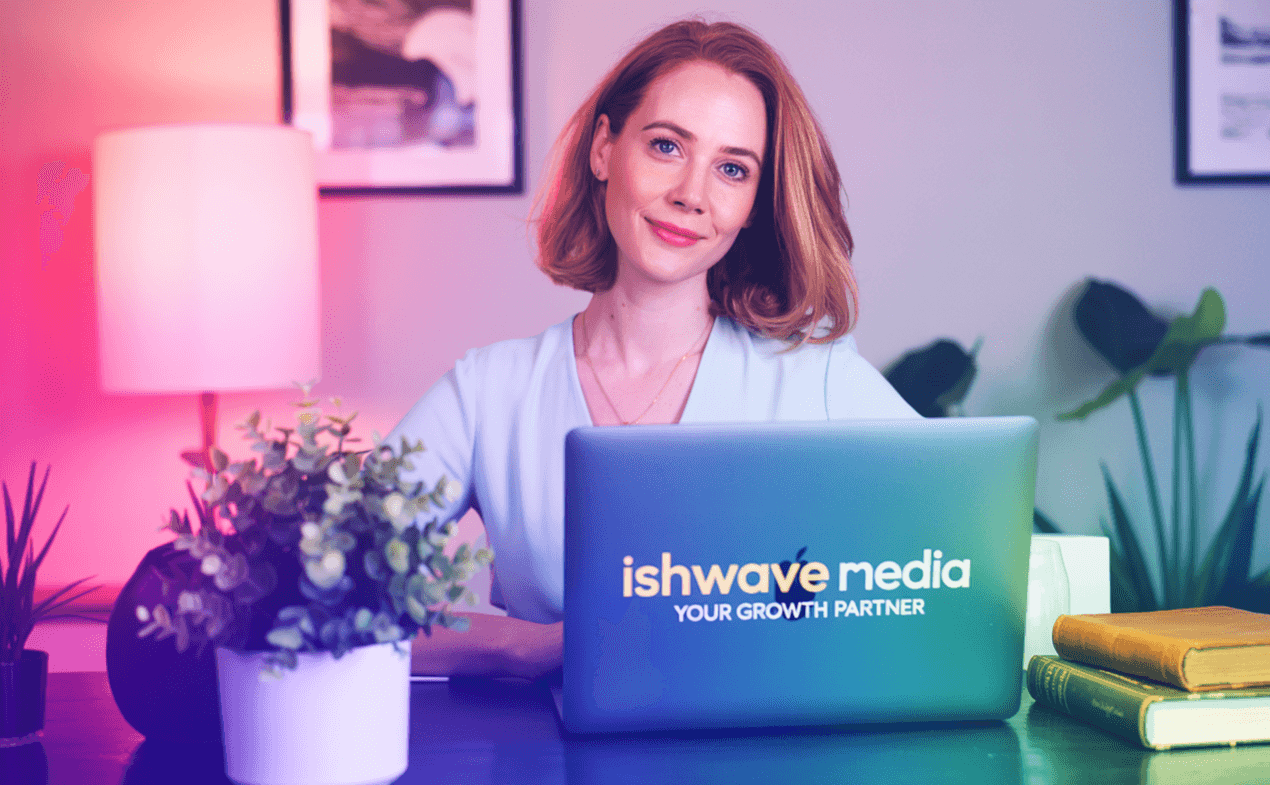
Final Thoughts: Paid Ads Are a Tap, Content Is a Well
In 2025, the brands that grow will be the ones that own their traffic, not rent it.
Paid ads are like pouring water into a leaky bucket.
Content marketing is like building a well — it takes time, but it pays off forever.
So if you’re serious about growing a purpose-driven business that stands the test of time, don’t rely on ads alone. Invest in content that lasts, connects, and converts — sustainably.
✅ Ready to Make the Switch?
At Ishwave Media, we help eco-conscious brands grow with content that educates, ranks, and converts. Let’s build a strategy that’s as sustainable as your mission.
Contact us today or explore our free blog library to start your journey.
